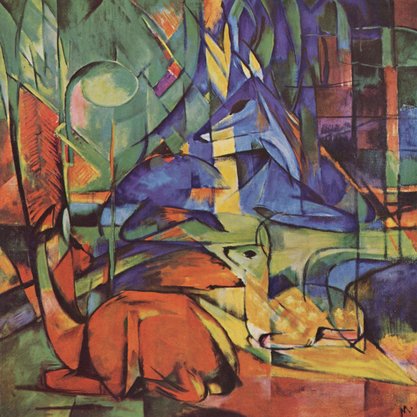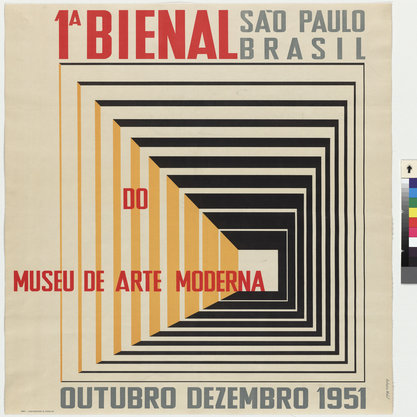Article
Malfatti, Anita (1889–1964) By Siqueira, Vera Beatriz
Article
Anita Malfatti began her artistic training with her mother Bety, an American amateur artist. In 1910 she went to Berlin to study with Fritz Bürger, Lovis Corinth, and Ernst Bischoff-Culm. In late 1914 she traveled to New York to attend the Independent School of Art under the direction of Homer Boss. Following her return in 1916 to Brazil, Malfatti held a controversial solo exhibition in 1917, which was criticized harshly by the writer Monteiro Lobato but which received passionate appreciation from modernist intellectuals such as Oswald de Andrade and Marío de Andrade. In 1922 she participated in the Week of Modern Art as the chief representative of Brazilian modern painting. The following year she received a fellowship to study in Paris, where she stayed for five years. Influenced by the classical ideals of the École de Paris, during this time Malfatti transformed her vibrant and colorful technique into a more serene and intellectual style of painting that was not received with much enthusiasm upon her return to Brazil in 1928. She lost the leading role in Brazilian Modernism and decided to dedicate herself to depicting local figures and rural landscapes in a more traditional style. Anita Malfatti is considered a pioneer of Brazilian Modernism.





![Semana da Arte Moderna de 1922 [Modern Art Week, São Paulo 1922]](/propagator/data/img-dc/original/image/architecture-hero/City_of_the_Captive_Globe_Fig_x_%5BREMOMA1_converted.jpg)